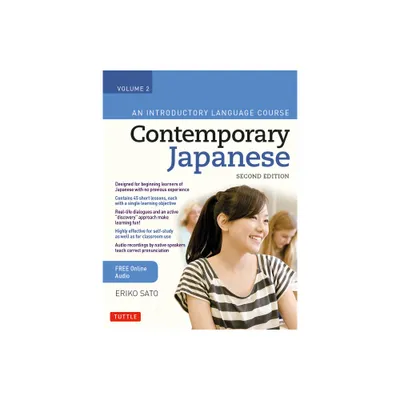Home
Hapa Japan: Identities & Representations: Volume 2
Loading Inventory...
Barnes and Noble
Hapa Japan: Identities & Representations: Volume 2
Current price: $22.95


Barnes and Noble
Hapa Japan: Identities & Representations: Volume 2
Current price: $22.95
Loading Inventory...
Size: OS
*Product Information may vary - to confirm product availability, pricing, and additional information please contact Barnes and Noble
The film
Kiku and Isamu
(1959) was one of the first cinematic depictions of mixed-race children in postwar Japan, telling the story of two protagonists facing abandonment by two different Black GI fathers and ostracism from Japanese society. Bringing together studies of the representations of the Hapa Japanese experience in culture,
Hapa Japan: Identities & Representations
(Volume 2) tackles everything from Japanese and American films like
to hybrid graphic novels featuring mixed-race characters. From Muslim Japanese-Pakistani children in a Tokyo public school to “Blasian” youth at the AmerAsian School close to a US military base in Okinawa, the Hapa experience is multiple, and its cultural representations accordingly are equally diverse. This anthology is the first publication to attempt to map this wide range of Hapa representations in film, art and society.
Kiku and Isamu
(1959) was one of the first cinematic depictions of mixed-race children in postwar Japan, telling the story of two protagonists facing abandonment by two different Black GI fathers and ostracism from Japanese society. Bringing together studies of the representations of the Hapa Japanese experience in culture,
Hapa Japan: Identities & Representations
(Volume 2) tackles everything from Japanese and American films like
to hybrid graphic novels featuring mixed-race characters. From Muslim Japanese-Pakistani children in a Tokyo public school to “Blasian” youth at the AmerAsian School close to a US military base in Okinawa, the Hapa experience is multiple, and its cultural representations accordingly are equally diverse. This anthology is the first publication to attempt to map this wide range of Hapa representations in film, art and society.


















